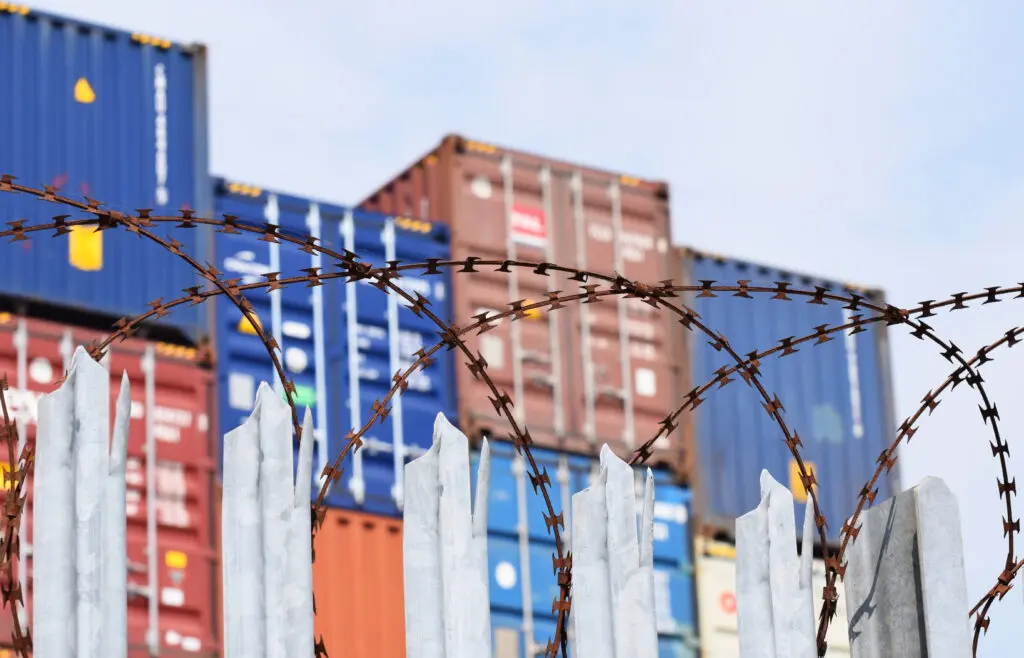Despite changes to the EU’s draft Waste Shipment Regulations, based on industry input, recycling players argue current proposals still threaten the international trade in scrap materials. They fear new legislation will curb investment in the industry, thus forcing some companies from the market.
In a strongly worded address at the last BIR convetion, president Tom Bird saw the propsed text as part of ‘an attack on recycling’. The apparent political will to retain materials within Europe could have dramatic economic consequences for European recyclers because – without exports beyond the EU – demand within Europe would not compensate. If free trade was restricted in any way, mandatory recycled content would be needed to boost internal EU demand.
‘This should be the golden age of recycling – alas it is not,’ Bird observed. He argued that the sector is becoming increasingly enshrined in laws and policies directly impacting everyday operations. And he urged members not to ‘sleepwalk into ever restricted legislation’.
Brighter prospects
Upbeat contributions to the non-ferrous division session came from guest speakers Inka Guixà and Tom Eng. Guixà, chief executive of semi-finished copper and copper alloy products manufacturer La Farga, pointed to projections of a doubling in copper demand to 60 million tonnes per year by 2050, driven by key sectors such as renewable energy, electrification and e-mobility. This represented ‘a very good opportunity for the recycling sector’, she said.
Some 14 million tonnes of secondary copper were generated annually and yet only nine million tonnes were recycled ‘so five million tonnes are lost along the way’. The challenge, Guixà said, was to innovate to maximise recovery while achieving quality requirements. ‘Traceability and transparency are key factors to meet demand in a sustainable way.’
Eng, senior vp and head of sensor-based sorting solutions provider Tomra Recycling, was equally bullish about growth prospects for aluminium. Demand in Europe alone was expected to jump 40% between 2018 and 2050, he said, driven mainly by transportation, construction and packaging.
Established and emerging technologies, such as X-ray transmission and laser-induced breakdown spectroscopy, could deliver the higher qualities of scrap that would be required to feed this demand growth. Improved sorting brought higher margins and reduced transportation costs as a result of increased local sales, he contended.
Don't hesitate to contact us to share your input and ideas. Subscribe to the magazine or (free) newsletter.



